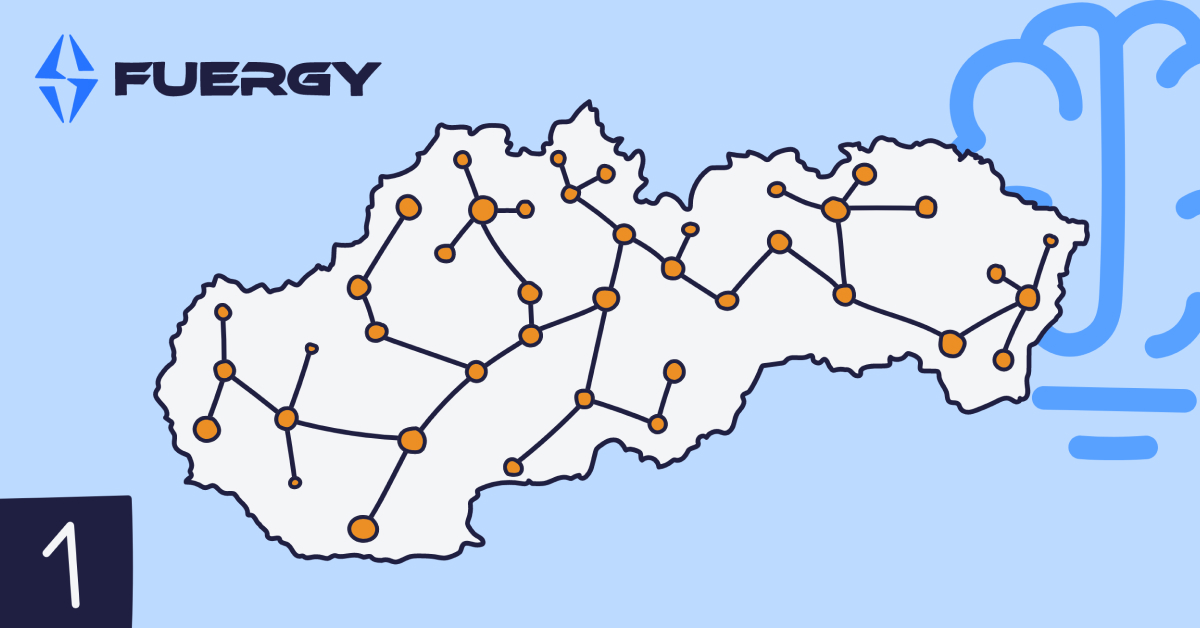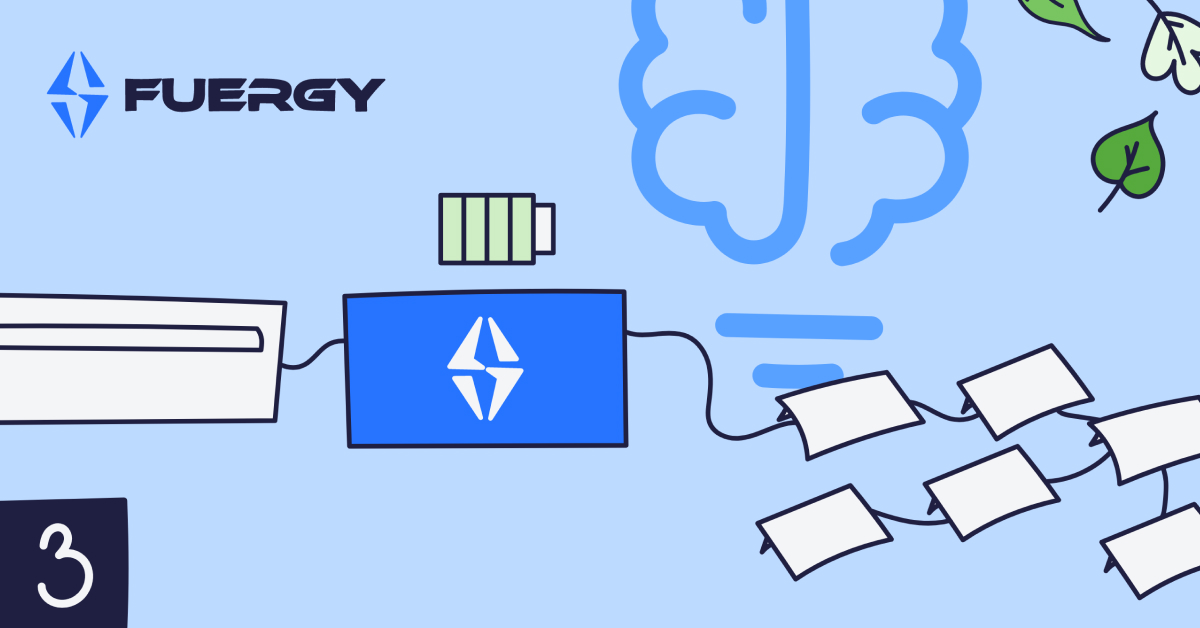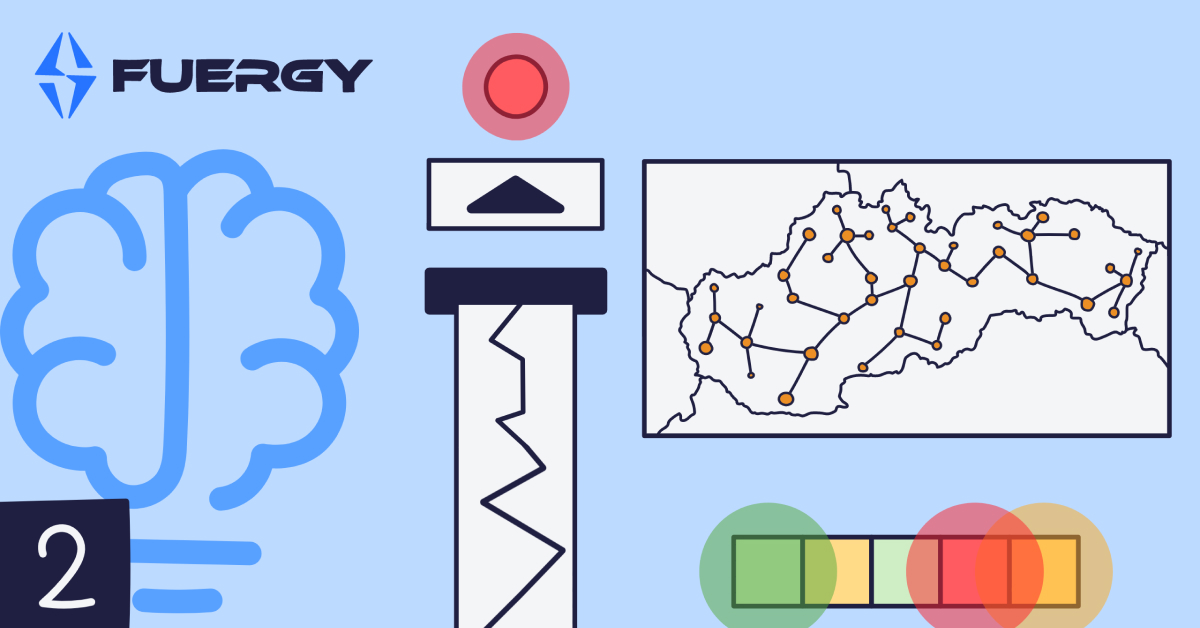
Energy is one of the key topics today, and the importance will only increase in the coming years. The rise of renewable sources, smart grids, and the gradual decarbonization of industry are changing the way we think about electricity production and consumption.
To help you better understand these processes, we have prepared a series of educational videos that explain the basic principles of how the power grid works in a simple and visually appealing way.
What you will learn in the video?
-
Why production and consumption must be balanced
Electricity is unique in that it cannot be easily stored in large quantities. This means that if you want electricity at a given moment, you must produce it at that same moment. If too much or too little is created, power blackouts or frequency disturbances in the grid may occur.
Modern solutions, such as smart battery storage, allow energy to be stored during surplus times and used later when demand is higher. An example is the company Amico Drevo, which optimized its consumption, reduced peak demand, and significantly improved the stability of its energy operations thanks to a brAIn by FUERGY.
-
How production and consumption are planned
Suppliers or other electricity traders create plans that determine how much electricity needs to be produced in 15-minute intervals. This allows power plants to produce the amount of energy that consumers actually need.
Intelligent systems, such as the brAIn by FUERGY, can help companies better plan their consumption and minimize fluctuations by using available data and advanced algorithms. These systems collect and analyze various types of data, including:
-
Historical data on energy consumption
-
Production from renewable sources
-
Weather forecasts
-
Electricity market prices
-
Operational data from batteries
-
What are deviations and why do they occur
It is practically impossible to predict exactly how much electricity will be used. Household, business and industrial consumption can change unexpectedly, causing deviations. Similarly, production capabilities can fluctuate, especially with renewable energy sources, where output is influenced by factors like sunlight or wind. The sum of all these differences, or deviations from the plans, creates a system deviation. As such, it is common for the grid to experience surpluses or shortages of energy.
Flexible resources, such as the brAIn battery storage, can effectively balance these deviations, helping to stabilize the frequency in the grid. Moreover, companies can benefit from these services as they receive financial compensation for providing flexibility.
In the next part of our video series, we will explore specific solutions for balancing these surpluses or shortages - whether through flexible resources, energy storage or intelligent control systems.
Are you interested in the issue of balance in the energy grid and want to learn more about modern solutions like smart battery storage? Contact us today, and we’ll be happy to explain how our technologies can help optimize your energy consumption.
New dimension of energy optimization





